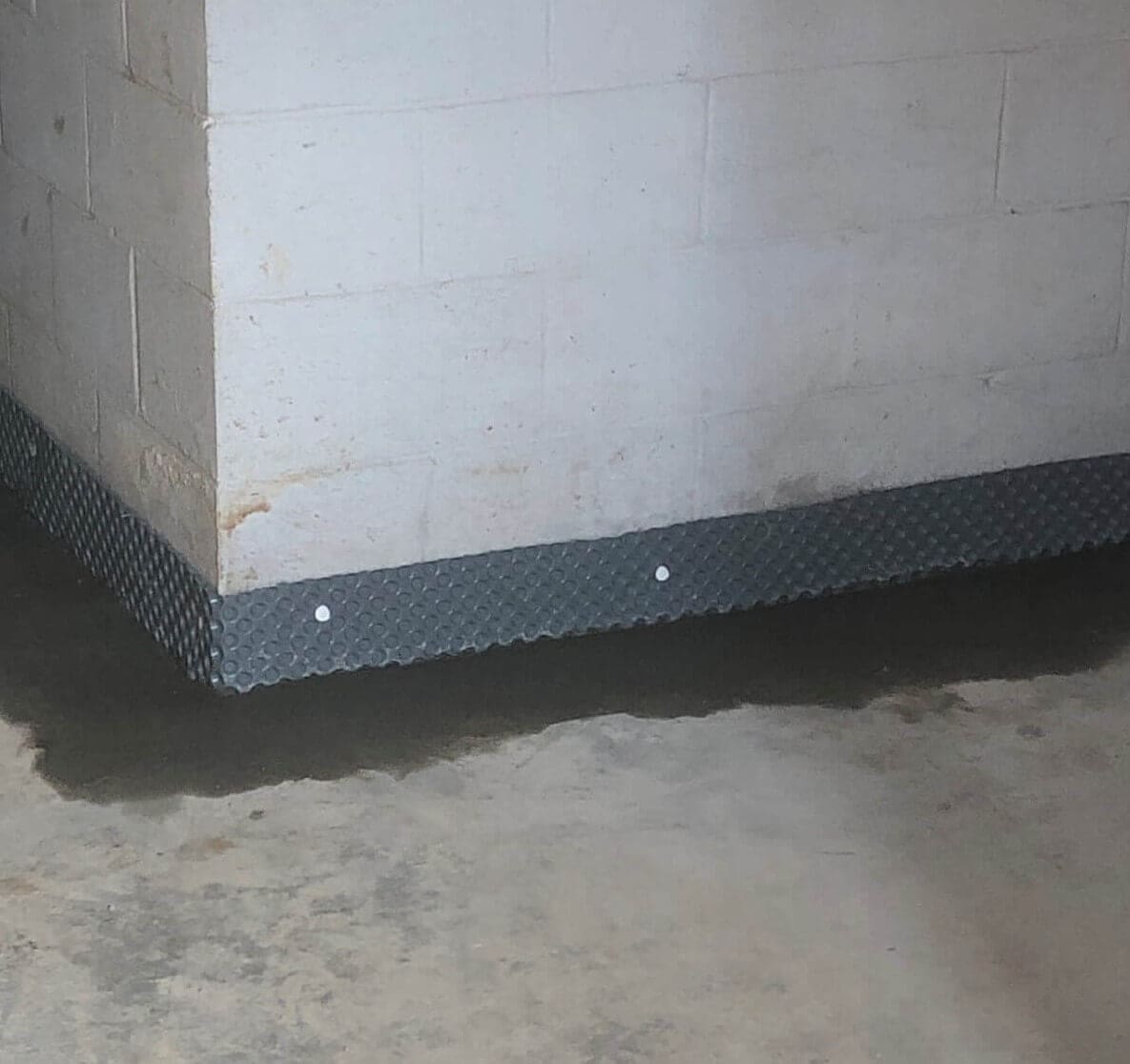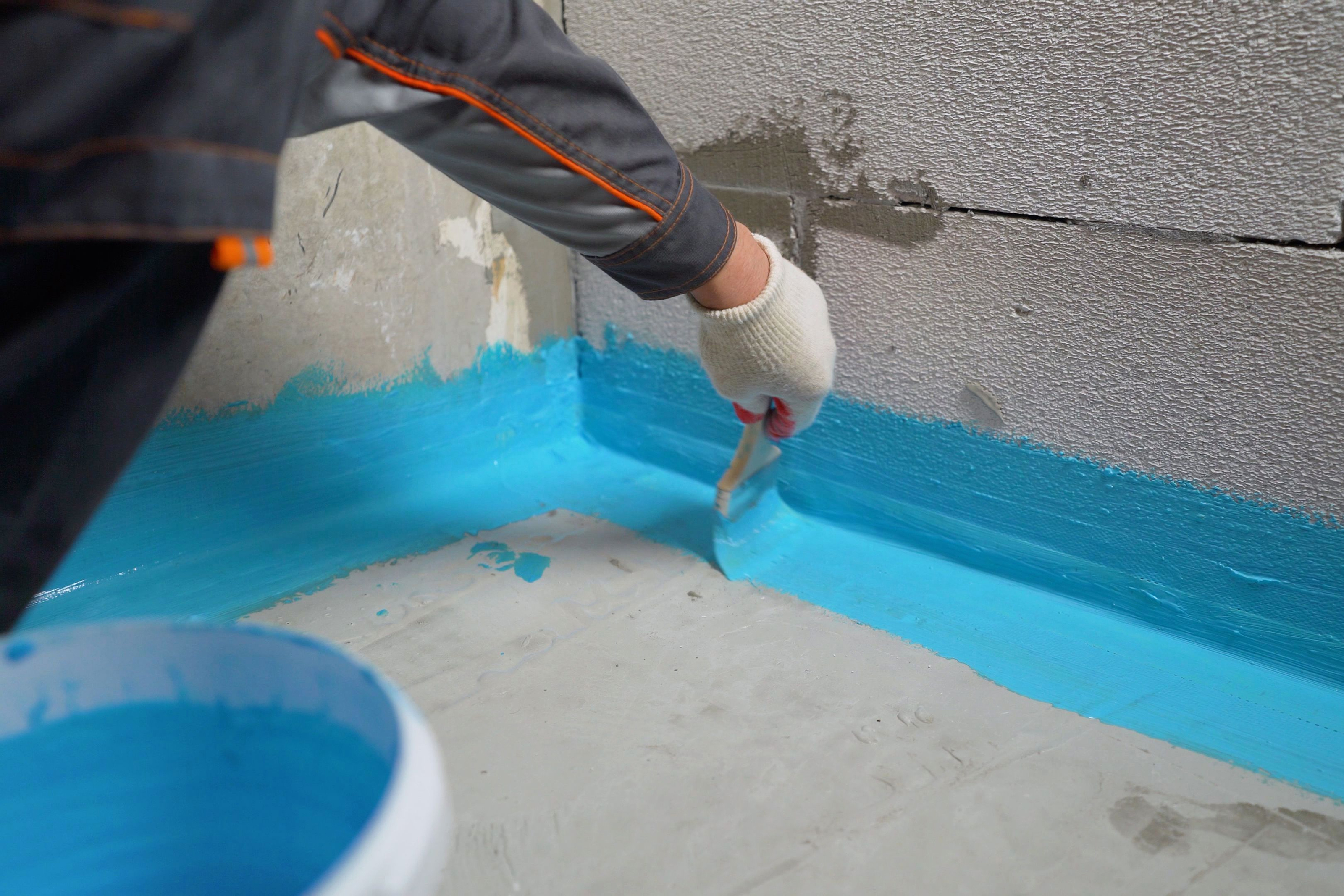A Homeowner’s Guide to Water Solutions for Basement Flooding
Just How Basement Waterproofing Functions: A Comprehensive Overview for Your Home
Cellar waterproofing is vital for protecting homes from water damage. Various methods exist to address dampness concerns, each tailored to specific reasons. Home owners have to recognize these choices to select the most effective solution for their demands - Basement Waterproofing. The efficiency of these methods counts on the ideal materials and techniques. What are one of the most typical approaches, and just how can they be carried out efficiently? This guide will certainly explore these critical facets
Comprehending the Root Causes Of Cellar Moisture
Although cellars are typically developed to be completely dry and practical spaces, they can succumb to dampness due to numerous elements. One primary reason is poor drain around the structure, which can cause water merging and infiltration. Furthermore, hefty rainfall or fast snowmelt can bewilder drainage systems, aggravating moisture problems. An additional considerable aspect is the natural moisture existing in the ground, which can permeate through floors and walls, particularly in older homes with much less efficient barriers. Splits in the foundation might additionally allow water invasion, particularly throughout durations of heavy precipitation. Additionally, pipes leaks within the basement can contribute to moisture build-up, producing a setting conducive to mold growth. Inadequate ventilation can trap humidity, intensifying the general wetness issue. Comprehending these reasons is essential for property owners seeking efficient options to stop cellar dampness concerns.
Kinds of Cellar Waterproofing Approaches
Cellar waterproofing techniques are necessary for securing homes from wetness damage and preserving a safe living environment. These methods can be generally classified right into interior and exterior remedies. Inside waterproofing commonly includes the setup of drainage systems, sump pumps, and vapor obstacles. These systems function to divert water away from the cellar and stop wetness from penetrating via the wall surfaces or floor.On the other hand, outside waterproofing concentrates on stopping water from getting in the home in the very first area. This can consist of excavation around the structure, using water-proof finishes, and setting up drainage floor tiles to redirect water far from the framework. Additionally, some home owners might choose a mix of both outside and interior techniques to guarantee detailed security. Ultimately, the option of waterproofing method depends upon the specific problems of the home and the level of dampness present in the cellar.
Materials Made Use Of in Waterproofing Solutions

Various products are used in waterproofing options to improve the effectiveness of both exterior and interior methods. Generally utilized materials include fluid membranes, which create a smooth obstacle against dampness. These membrane layers are usually made from polyurethane or rubberized asphalt, providing flexibility and durability. In addition, cementitious waterproofing products are popular for their convenience of application and strong adhesion to surfaces.For outside applications, materials such as water drainage boards and geotextiles work in redirecting water far from foundations. Squashed stone and crushed rock are likewise made use of in drain systems, promoting appropriate water flow and decreasing pressure buildup. Sometimes, specialized sealants and layers, like silicone or epoxy, are applied to provide additional defense against water seepage. With each other, these products play a vital role in making certain that a basement stays completely dry and secured from water damages.
Steps to Water-proof Your Cellar
Waterproofing a basement includes an organized method to properly avoid water breach and damages. The primary step is to inspect the exterior of the home, looking for splits or gaps in the foundation. These must be secured with an appropriate water resistant sealer. Next off, confirm that seamless gutters and downspouts are functioning properly and routing water far from the foundation.After addressing exterior problems, the inside must be analyzed. Installing a waterproof membrane on basement walls can supply added defense. Sump Pump Installation And Replacement. It's additionally advisable to implement a sump pump system to manage any water accumulation.Finally, grading the landscape around the home can help direct water away from the foundation, further decreasing the risk of water seepage. By complying with these steps vigilantly, property owners can produce a robust defense against basement flooding and dampness troubles
Upkeep and Avoidance Tips for a Dry Cellar
Routine maintenance and proactive measures are key to ensuring a dry cellar long after first waterproofing efforts. Homeowners should consistently evaluate rain gutters and downspouts, ensuring they straight water far Exterior Drainage Solutions from the foundation. It is essential to keep these free from particles to stop overflow. In addition, preserving correct rating around the home assists network water far from the structure.Checking for splits in floorings or walls is important, as these can allow dampness infiltration. Any recognized fractures ought to be without delay secured with suitable products. Mounting a sump pump can offer extra security versus flooding.Humidity levels in the cellar should likewise be monitored, as high humidity can lead to mold and mildew growth. Using a dehumidifier can help preserve a comfy environment. Ultimately, ensuring appropriate ventilation in the cellar aids in lowering moisture accumulation, preserving the stability of the waterproofing system with time.
Often Asked Concerns
Just How Long Does Basement Waterproofing Normally Last?
The long life of basement waterproofing typically differs based on materials and installment quality. Usually, it can last from 5 to one decade, with some systems possibly sustaining longer if properly preserved and kept an eye on with time.
Can I Water-proof My Cellar Myself?
The individual considered whether to water resistant their basement separately. While do it yourself choices exist, they need expertise of strategies and materials. Professional services ensure effective results, often outweighing the prospective dangers and difficulties connected with self-installation.

What Are the Indicators of Inadequate Waterproofing?
Indications of poor waterproofing consist of persistent dampness, mold growth, mildewy smells, peeling off paint, and water discolorations on wall surfaces or floorings. Homeowners ought to deal with these problems immediately to avoid more damages and keep a healthy and balanced living environment.

Does Cellar Waterproofing Increase Home Value?
Cellar waterproofing can boost a home's value by stopping water damages and improving habitable room. Potential purchasers usually prioritize dry cellars, making waterproofing a valuable investment that adds to total residential or commercial property charm and bankability.
How Much Does Basement Waterproofing Expense generally?
The average expense of cellar waterproofing commonly varies from $1,500 to $5,000, varying based on elements such as job dimension, technique utilized, and regional market problems. Homeowners should acquire several quotes for precise quotes. Cellar waterproofing is crucial for protecting homes from water damage. Cellar waterproofing methods are important for safeguarding homes from wetness damage and maintaining a safe living environment. These systems work to divert water away from the basement and protect against moisture from permeating via the walls or floor.On the various other hand, outside waterproofing focuses on stopping water from getting in the home in the initial area. The long life of cellar waterproofing commonly differs based on materials and installation quality. Cellar waterproofing can boost a home's worth by stopping water damage and improving livable room.